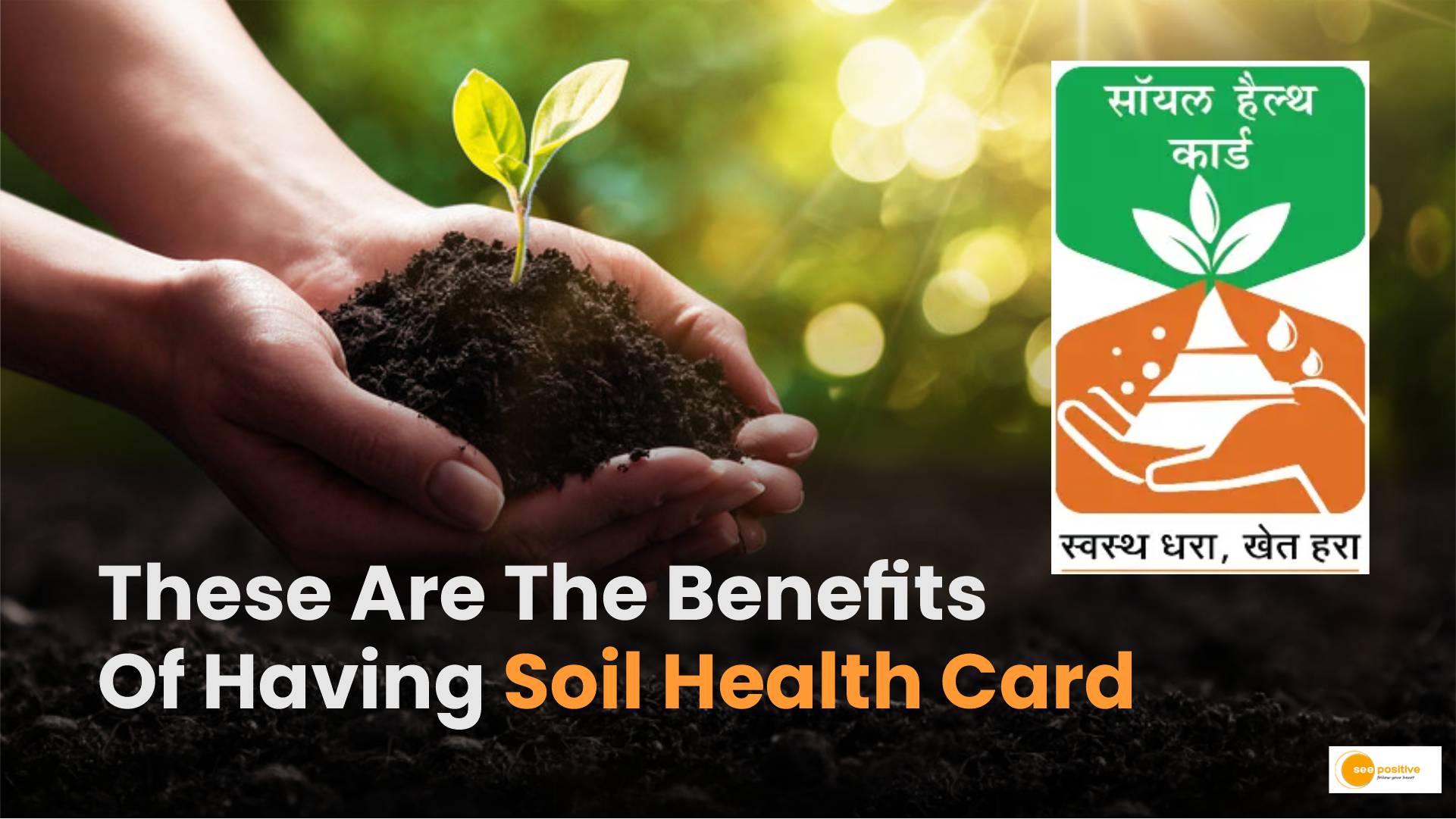Soil health is the cornerstone of successful farming. Recognizing this, various agricultural bodies and governments have introduced programs like the Soil Health Card (SHC) to assist farmers in analyzing the health of their soil. This article delves into the process of making a Soil Health Card, its importance, and the multitude of benefits it offers to farmers.
What is a Soil Health Card?
The Soil Health Card is a government-issued document that provides farmers with crucial information about the condition of their soil. Introduced to promote soil test-based nutrient management, the SHC includes data on soil pH, electrical conductivity, organic carbon content, macro-nutrients (N, P, K), and micro-nutrients (Fe, Mn, Zn, Cu, Mo, B, etc.). The card helps farmers make informed decisions about the type of fertilizers to use and other soil amendments required for improving soil health and fertility.
How to Make a Soil Health Card
Step 1: Soil Sampling
The first step in creating a SHC is collecting soil samples from the farm. It is recommended to collect samples from different parts of the farm to account for soil variability. The sampling should be done at a uniform depth, avoiding areas that are not representative of the field such as those near roads, trees, or previous fertilizer bands.
Step 2: Soil Testing
Once collected, the soil samples are sent to a laboratory for analysis. The testing involves assessing various soil parameters like pH, nutrient levels, and salinity. This detailed analysis helps in understanding the soil’s current health status and nutrient deficiencies.
Step 3: Data Analysis and Recommendations
Based on the results from the soil tests, experts analyze the data to formulate specific recommendations for each field. These recommendations are tailored to enhance soil health and fertility, thereby optimizing crop yield.
Step 4: Issuing the Soil Health Card
After the analysis, the findings and recommendations are printed on a SHC. This card is then issued to the farmer. Each card typically has a validity of 2-3 years, after which the soil needs to be retested and a new card issued.
Benefits of the Soil Health Card
1. Improved Soil Health
By following the recommendations provided in the SHC, farmers can address specific soil deficiencies. This targeted approach helps in maintaining optimal soil health and ensures sustainability of the farming land.
2. Cost Reduction in Agriculture
The Soil Health Card assists farmers in applying the correct quantity and type of fertilizers. This not only prevents overuse of fertilizers but also reduces farming costs significantly. Efficient use of inputs leads to better cost management in agricultural practices.
3. Increased Crop Yield
Healthier soil supports stronger crop growth. With the right balance of nutrients, as guided by the SHC, farmers can achieve higher crop yields. This translates to better profitability and income stability for the farming community.
4. Environmental Benefits
By promoting judicious use of chemical fertilizers, the Soil Health Card helps in reducing the risk of soil degradation, contamination of water resources, and loss of biodiversity. It encourages the use of organic amendments, contributing to a more sustainable agricultural ecosystem.
5. Enhanced Knowledge and Empowerment
The SHC program educates farmers about the scientific aspects of farming. It empowers them with knowledge about their soil, which can lead to better decision-making and adoption of modern agricultural practices.
Policy and Research Implications
Data collected through the Soil Health Card scheme can be invaluable for agricultural research and policy-making. It helps in identifying trends in soil health across different regions, facilitating targeted government interventions.
Conclusion
The Card is a transformative tool in the agriculture sector. It equips farmers with essential information about their soil, enabling them to manage their fields more effectively. By fostering sustainable farming practices, the SHC not only boosts crop productivity but also ensures environmental conservation. As more farmers adopt this program, the potential for increased agricultural productivity and sustainability looks promising.


